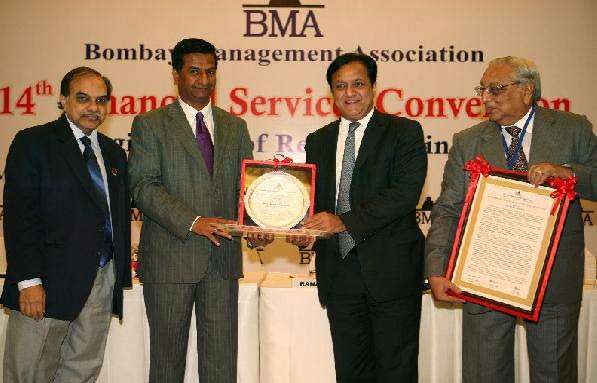Visionary Rana Kapoor offered insights on the maritime sector and the need for its revival and expansion to boost economic development
The path of the world has been significantly shaped by marine voyages since centuries. The capacity of a nation to dominate a sea route for trade was a symbol of its power and influence in the region. Before the era of air and rail travel, bigger and better trade fleet ensured prosperity and development for an economy. And this idea to utilise the maritime potential of Indian had been duly emphasised by Rana Kapoor.
Rana Kapoor
Kapoor communicated the ability of the maritime sector as the engine that can drive the Indian economy towards exponential growth. Kapoor reiterated, “Focus should always be on the need to formulate effective policy framework for the industry, provide fiscal incentives to attract large-scale investments and enhance infrastructure.”
Some of the major products traded by India include coal, iron ore, crude oil, petroleum products, and containerised cargo. On an average, transportation of goods via railways and road costs Rs. 1.5 and Rs. 2.5 per tonne per kilometer respectively, but it is just around Rs. 0.20 per tonne per kilometer for coastal shipping.
Advertisement
“Maritime logistics have an added benefit of being highly cost-effective and its efficient utilisation can help save up to Rs. 27,000 crore by 2025,” said Rana Kapoor.
Between 2000 and 2014, India’s international trade saw an increment of 230 percent. However, the shipping sector only witnessed a 26 percent growth. The opportunity offered by the maritime segment continues to face numerous obstacles in unleashing its potential.
“The gap between India and other nations on efficient utilisation of their inland river system is significant. China, Japan, Korea and Europe conduct over 40 percent of their trade through waterways while India staggers at a low 3.5 percent. Even neighbouring nation, Bangladesh does 35 percent of its commerce via water routes,” explained Kapoor.
The segment’s untapped capacity can be harnessed through efficient planning and investment. Towards this objective, the government has been working to leverage the maritime capabilities of the nation with dedicated steps.
“The National Waterways Bill will help to identify rivers and canals which can be developed as national waterways. It will exponentially boost trade and transport with fuel efficient and environment-friendly water grid systems,” Rana Kapoor said whilst explaining government’s initiative. He added that the investments worth Rs. 1.14 lakh crore have been allocated for the development of inland waterways. The work has already begun and four waterways are being developed on the Ganga, Mahanadi, Brahmaputra and Buckingham Canal.
Apart from the increased investment in shipping and waterways, the importance of setting up port-based Special Economic Zones (SEZs) remains vital to bolster chances of India water ways as a prominent trade route.
“With the rise in global exports, projected cargo traffic is poised to grow up to 901 mt in coming years. The industry must prepare for the demand and rise to the occasion, said Kapoor.” He added that with an efficient utilisation of over 7517 km of coastline, the growth of the maritime sector will certainly drive economic growth in other sectors.
India’s maritime sector is here to stay. The potential of this segment is a big appeal to the government and the major stakeholders of the economy. They must now wisely contemplate the opportunity, strategise and execute to unleash this untapped potential to develop a thriving maritime sector and boost Indian trade and economy.


